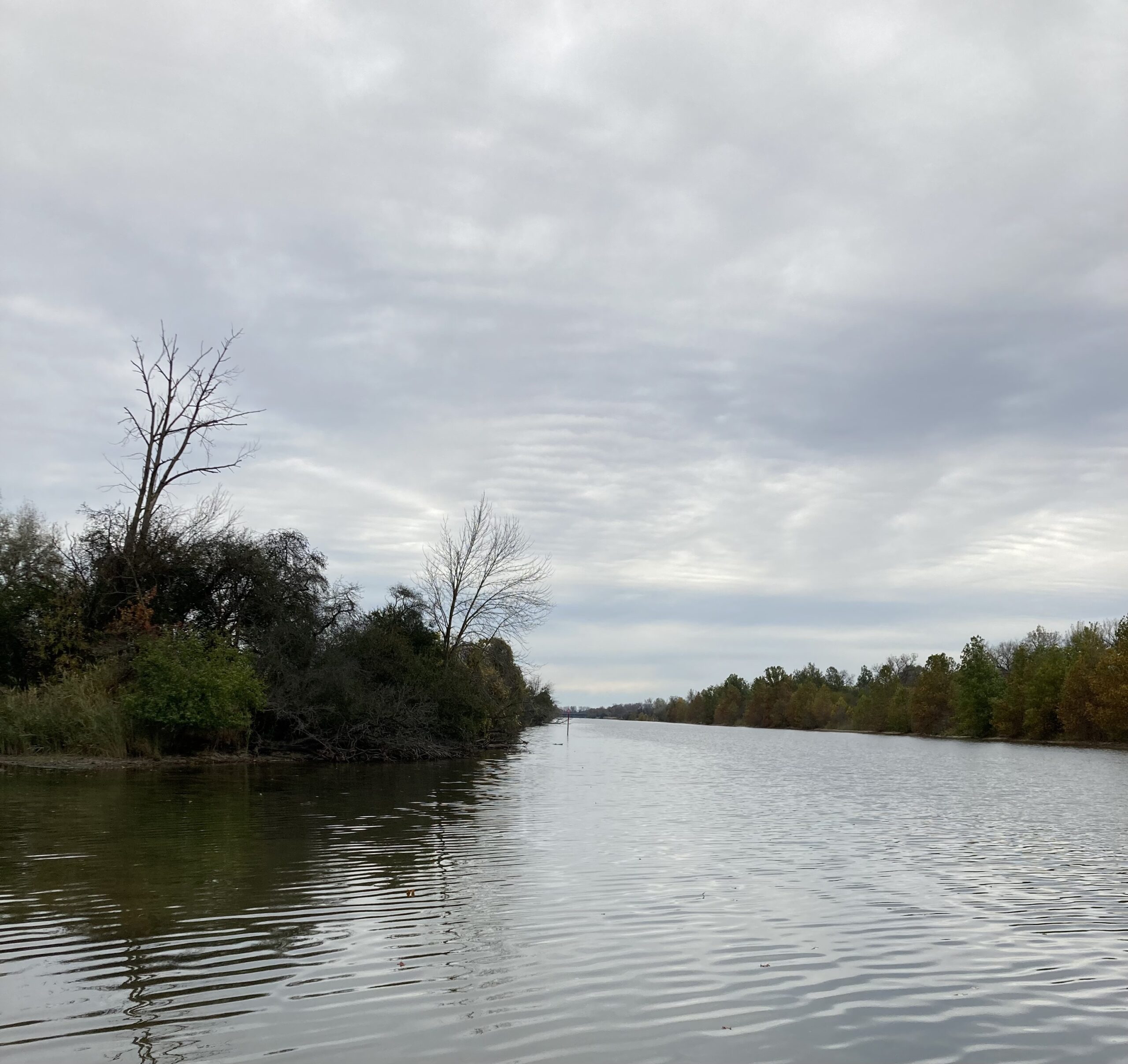Just look at the sky on a clear day. Just look. Unfortunately, I can’t do it right now. Aside from 2 minutes today, I haven’t seen a clear sky, haven’t seen an unobscured sun for over a week. Even today, it was more a glimpse of blue I saw, not the sun. Haven’t seen more than 5 or 10 hours of clear sky for a month or more. Snow falling, yes. Not big storms, not like the ones that were common years ago, but just enough to paint trees and bushes gray and white. Clouds, mist, fog, rain⎼ this we’ve had in abundance.
Sometimes, with the snow, there can be a sense of getting lost in it, enveloped. The whole sky seems to be falling. The sheer number of snowflakes is impossible to fathom ⎼ a mystery pushing aside my attempts to understand it and leaving me as silent as the snow itself. Fog and rain have their own beauty. But they can also create a sense of being locked in, claustrophobic, isolated. People experience SAD, Seasonal Affective Disorder. And now, maybe, we have CCAD, Climate Change Affective disorder.
A clear sky is dazzling. It’s hard to feel bad when we have that rare sunny winter day. And I think it’s not just the light that makes us feel good. It’s the composition of the sky. It’s the spaciousness. It’s so different than the earth, the trees, buildings, mountains, more like the oceans and rivers. It’s the infinite right there on the horizon waiting for us.
But even on sunny days, how many times do we allow ourselves to simply stop and focus on the sky? We spend so much of our time with our heads down. And we don’t realize sky is not just that blue or gray stuff way up there, but it’s that clarity right in front of our eyes. We spend our time too caught in the human-created universe. And so, we get claustrophobic. Feel clouded in, isolated. Not so aware. Maybe deprived.
This is true at night, too, although I wonder if more of us look up at night, at the stars and the moon, than during the daytime ⎼ if we don’t have trouble seeing the night sky through city lights or other pollution, or fog, clouds, rain, or snow. But if we can see the sky clearly and go beyond naming the stars we see or giving words to how the moon shows itself to us, the infinite sky is there for us.
One evening 50 or so years ago, I had a big argument with my father. I had returned from serving in the Peace Corps a few months previously, had applied and been accepted to graduate school, even had a scholarship. But I did not have a job. It would be six months before college began. And I was thinking about hitch-hiking across the country. My father was appalled. Angry. How could I waste my time like that?
He was a successful accountant, a survivor of the depression and World War II. He just couldn’t imagine not working all the time to build an impressive resume or to accumulate financial resources. But as soon as his anger subsided, he became very real and honest. He said that when he went out at night and looked up at the stars, he got lost. He didn’t use the word frightened, but he described it. The night brought the infinite, and maybe death, into his heart and it scared him.
He said that the only way he could face the night was to work. Was to have a schedule. Was to devote himself to his job.
I was silenced….
*To read the whole article, pease go to The Good Men Project.


